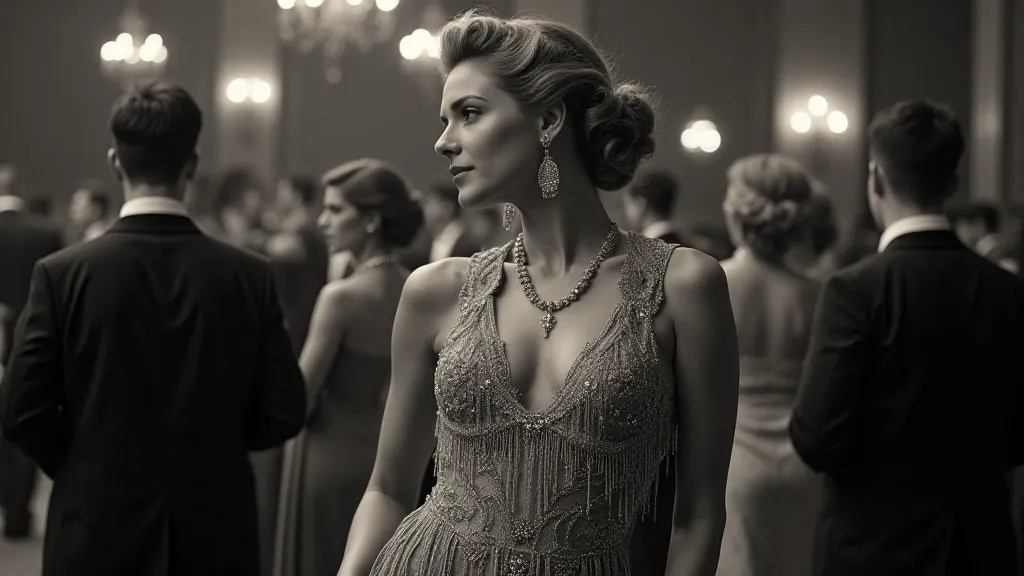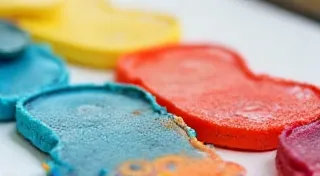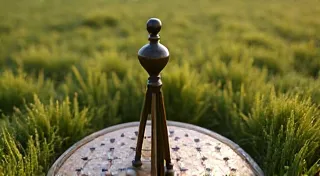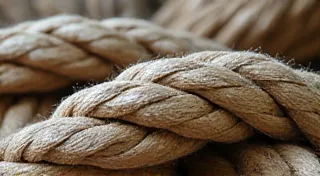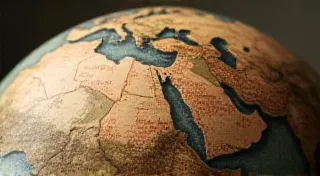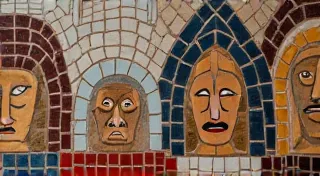The Whisper of Silk: Exploring the Opulence of 1920s Evening Wear
The 1920s. The Jazz Age. A decade synonymous with liberation, exuberance, and a profound shift in societal norms. And nowhere was this shift more visible than in the fashion. After the restrictive silhouettes of Victorian and Edwardian eras, women embraced a new, daring aesthetic – one defined by shimmering fabrics, daring hemlines, and a breathtaking sense of opulence. To hold a vintage sewing pattern from this era isn't simply to possess a piece of paper; it's to hold a portal to a world brimming with artistic expression and a celebration of femininity.
I remember the first time I truly felt the weight of this history. I’d just inherited my grandmother’s collection of old sewing patterns, a treasure trove accumulated over a lifetime of meticulous hobby. Amongst the neatly folded tissue and faded instructions, I found a pattern labeled simply “Evening Gown, 1926.” The paper itself was fragile, the ink slightly blurred, but the drawing… the drawing was arresting. It depicted a vision of silk and fringe, of cascading beads and effortless grace – a vision that seemed to breathe with the music of a bygone era. It sparked a fascination that continues to this day.
The Context of Change: From Corsets to Cloche Hats
Understanding the fashion of the 1920s requires understanding the dramatic changes happening in society. The devastation of World War I had a profound impact. Women entered the workforce in unprecedented numbers, gaining independence and a new sense of purpose. The suffrage movement finally achieved its goal, granting women the right to vote. This newfound freedom translated directly into a desire for clothing that reflected their evolving roles and attitudes. The rigid corset, a symbol of Victorian constraint, was discarded in favor of looser, more comfortable silhouettes. Hemlines crept upward, shocking conservative sensibilities and embodying the decade’s spirit of liberation. The cloche hat, perfectly framing the short, bobbed hair that became a defining feature of the era, completed the look.
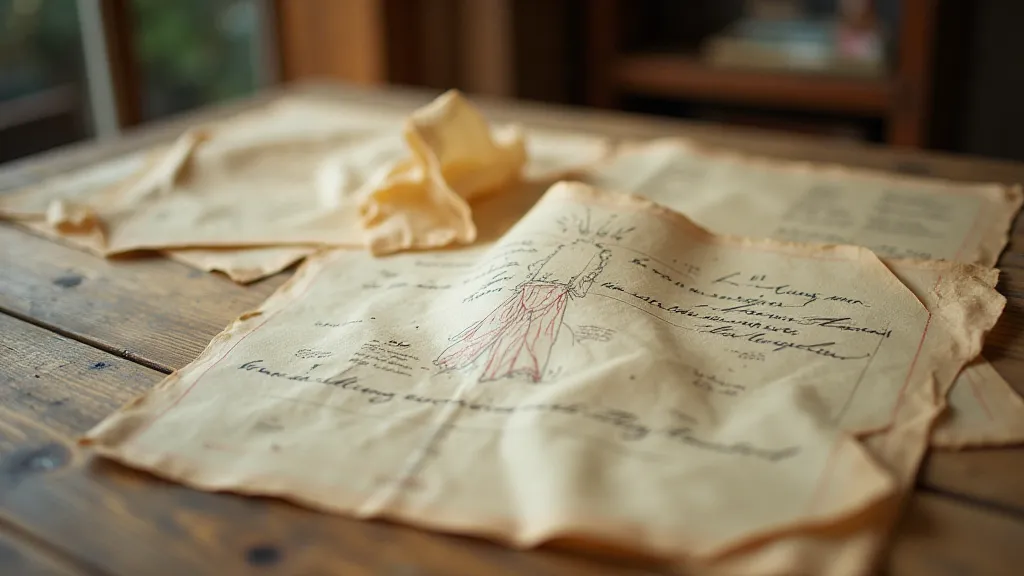
The Luxurious Fabrics: Silk, Velvet, and Chiffon
The glamour of 1920s evening wear wasn’t simply about the shape of the dress; it was about the luxurious materials used. Silk, in its various forms – crepe de chine, charmeuse, and satin – reigned supreme. The way silk draped and moved, catching the light with every gesture, was integral to the desired effect. Velvet, with its rich texture and depth of color, was often used for accents or entire gowns, particularly in the later part of the decade. Chiffon, ethereal and almost weightless, added a delicate shimmer and was frequently layered to create a sense of movement. The cost of these fabrics meant that they were often reserved for special occasions, highlighting the importance of the evening gown as a symbol of status and celebration.
Think about the skill required to work with these materials. Imagine a seamstress meticulously hand-sewing thousands of beads onto a silk gown, or painstakingly draping chiffon to create a flowing, Grecian-inspired silhouette. These weren’t just garments; they were works of art.
Embellishments and Details: A Symphony of Sparkle
The embellishments on 1920s evening wear were as crucial as the fabric itself. Beads, sequins, and embroidery were used liberally, creating a dazzling effect under the dim lighting of jazz clubs and elegant ballrooms. Fringe, often made of silk or rayon, added movement and a playful, almost theatrical quality. Geometric patterns, inspired by Art Deco architecture and design, were particularly popular. Embroidery, often featuring floral or abstract motifs, added a layer of artistic detail.
These embellishments weren't simply decorative; they were an integral part of the design. A single misplaced bead could disrupt the overall effect, so the craftsmanship required was extraordinary. Many patterns included detailed instructions on how to apply these embellishments, a testament to the complexity of the process. The patterns themselves are often fascinating glimpses into the techniques of the time.
Restoration and Collecting: Preserving a Legacy
Today, vintage sewing patterns from the 1920s are highly sought after by collectors and enthusiasts. While pristine, unused patterns are rare and valuable, even damaged or incomplete patterns can offer a fascinating glimpse into the past. Restoration can be challenging, requiring careful handling and specialized techniques. The fragile paper needs to be protected from moisture and light, and any tears or creases should be repaired with archival-quality materials.
Collecting these patterns is more than just acquiring pieces of paper; it's about preserving a legacy. It’s about ensuring that the artistry and craftsmanship of a bygone era continue to inspire and delight future generations. It allows us to connect with the women who wore these dresses, to imagine their lives, and to appreciate the profound changes that shaped their world.
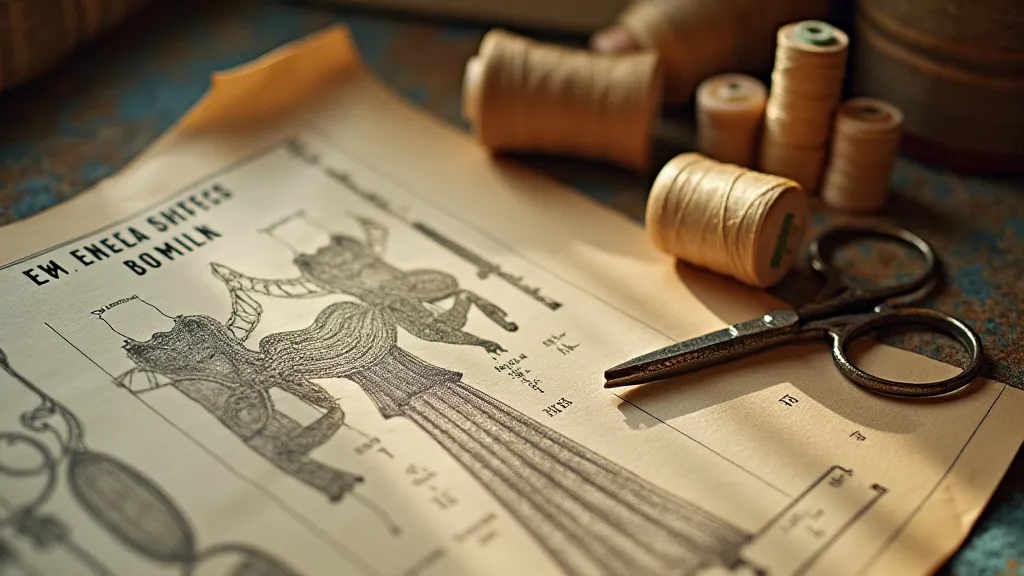
The Enduring Appeal: A Timeless Elegance
The opulence of 1920s evening wear continues to captivate us today. Its enduring appeal lies not only in its beauty but also in its symbolism – a celebration of freedom, individuality, and the transformative power of fashion. To hold a vintage sewing pattern from this era is to hold a piece of that history, a reminder of a time when elegance and artistry reigned supreme. And while the world has changed dramatically since the Jazz Age, the allure of shimmering silk, intricate embellishments, and timeless style remains as strong as ever.
